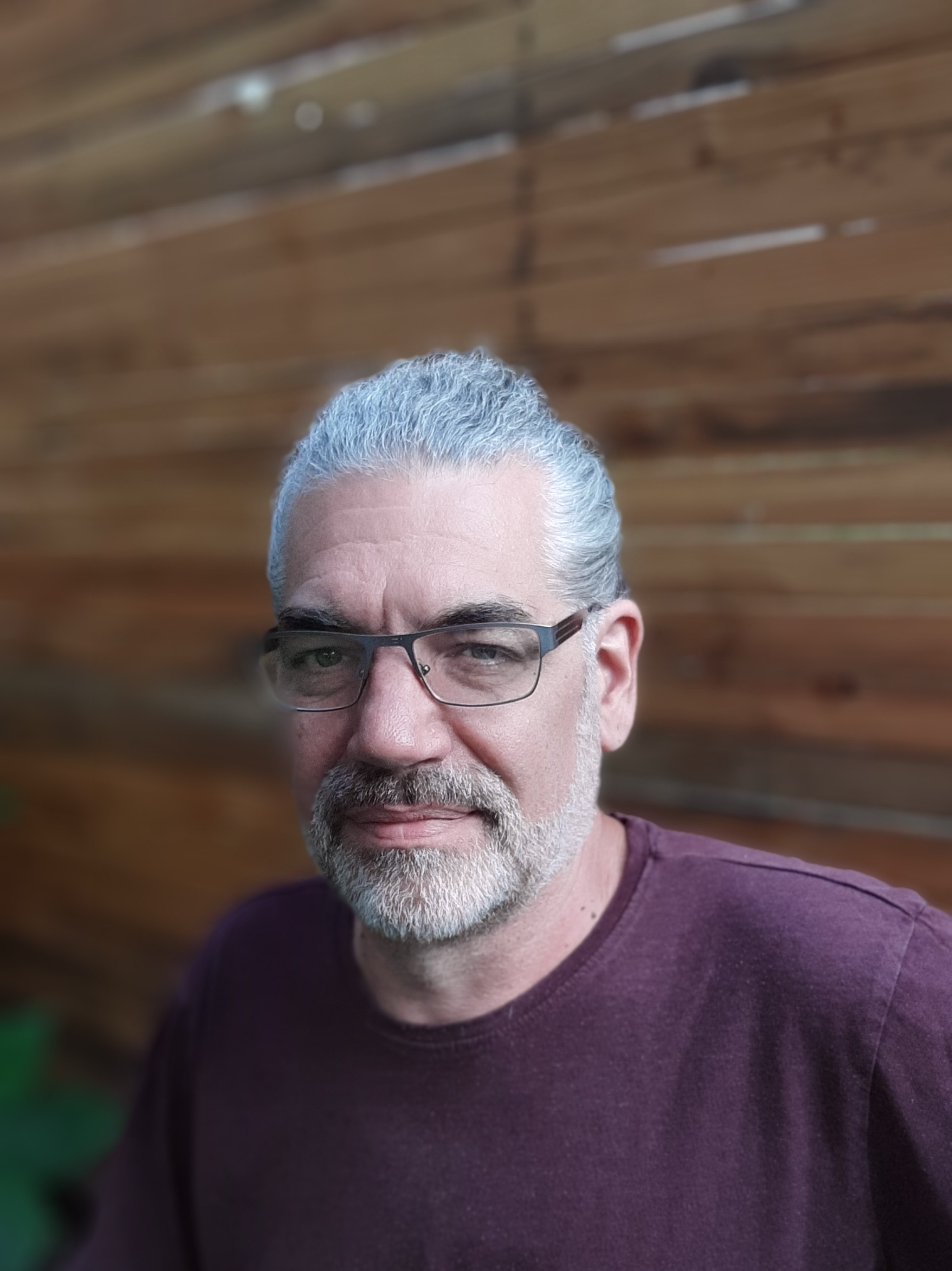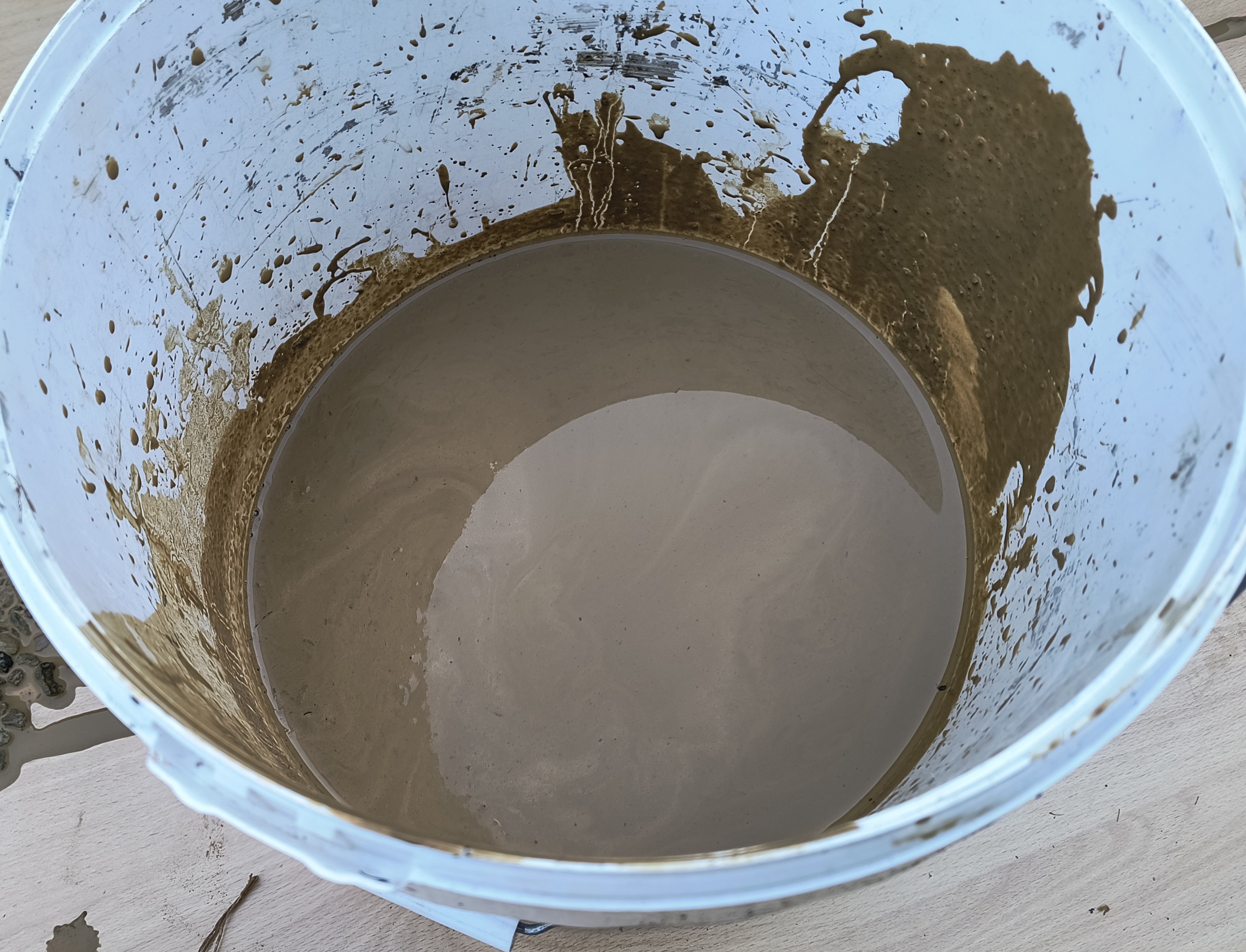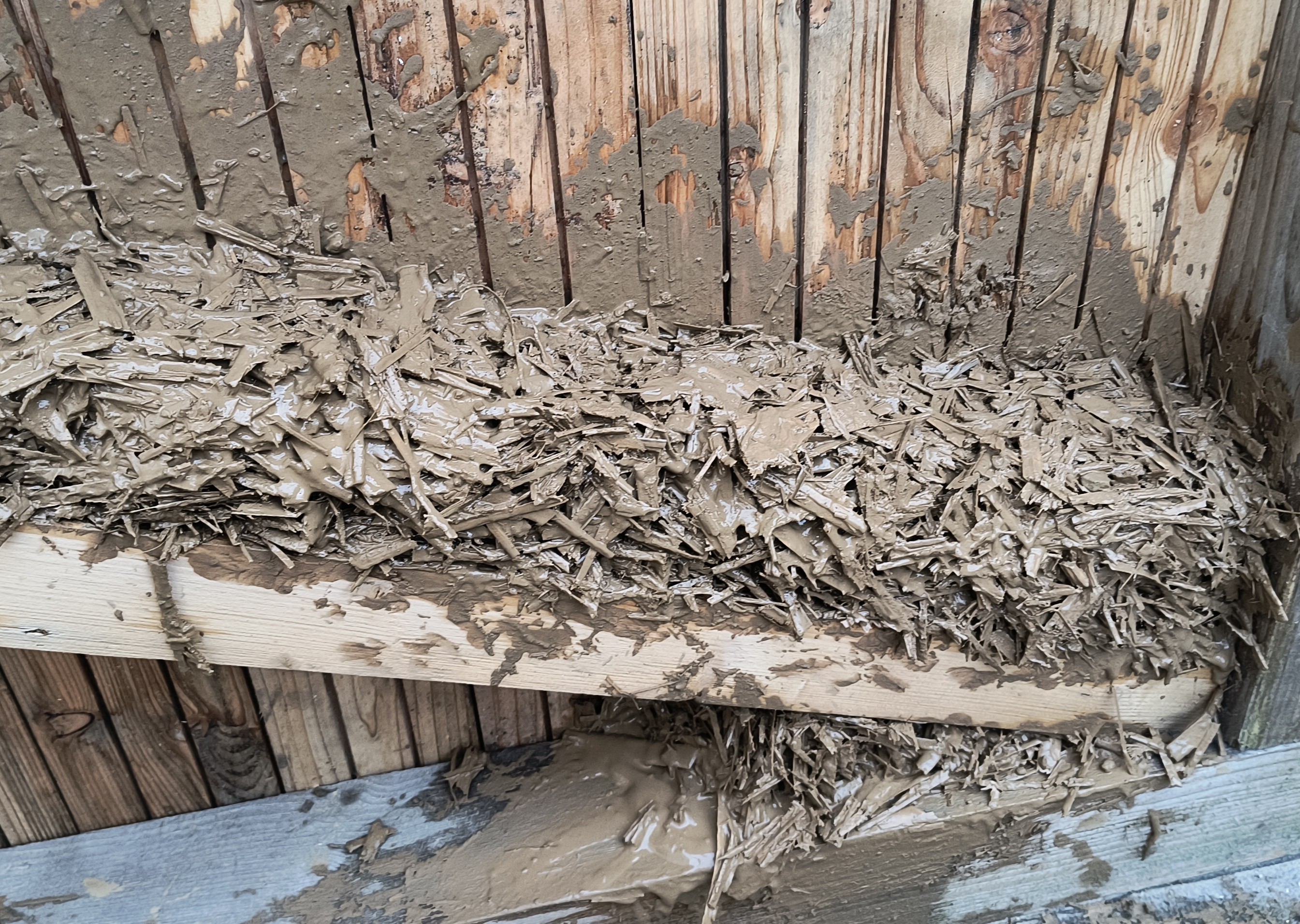In this series, we spotlight the creative minds shaping BBoBB. Who are they, what drives them, and how are they advancing biodesign with bio-based materials?
This edition features Florian Schick, a Dipl.-Ing. (FH) in Architecture, a carpenter, and a clay builder, based in Oldenburg, Germany.
Who are you?
Hello, my name is Florian Schick. I am a Dipl.-Ing. (FH) in Architecture, a carpenter, and a clay builder. Currently, I am working at Jade University of Applied Sciences in Oldenburg, Germany, as a research associate in a project focused on sustainable construction using building materials made from cattail fibre. In addition to my main work, I am involved in ecological and recycled building materials, such as clay, renewable insulation and construction materials, as well as reclaimed wood, exploring their potential uses and developing new building materials from them.

What is your role in the BBoBB project?
In the BBoBB project, I work with renewable insulation materials such as flax, straw, hemp, cattail and others. Currently, I am developing various applications and combinations of these materials in building construction. This is being implemented in a mobile exhibition object in the form of a container home or tiny house. Additionally, I aim to design different showcase objects within a comprehensive exhibition concept.
So far, I have participated in three workshops. The first workshop focused on the biodesign toolkit, the second on building the tiny house for renewable raw materials, and the third on biopolymers.
Especially during the third workshop, I gained an insight that was surprising to me. Currently, there are about 600 different plastics on the market, and their recyclability seems almost impossible due to the variety and issues related to purity and declaration. This raises numerous problems. Now, if biopolymers are added—some reinforced or coated with plant fibers—the number of different polymers increases further. This presents an increasingly significant challenge for recycling. Additionally, there are biopolymers that can be naturally degraded, and others that only break down above 60 degrees Celsius.
For me, the question arises: what would be a sensible approach in terms of resource cycling: One step could be to reduce the variety of polymers to just a few, making sorting easier even with modern technology, which would result in higher quality and purity of recycled products. The primary goal should be the reuse of materials in the best possible quality, which is only achievable with sorted, pure materials. Furthermore, switching to biopolymers is most effective when approached similarly, as it saves energy and resources. Since biopolymers can degrade in two ways—either naturally or only at high temperatures—hot composting might be the only sensible method, because polymers are difficult to distinguish and, due to the many mixtures, sorting them into pure types is nearly impossible. The question remains: how can materials be separated beforehand?

As a last resort, thermal recovery of all polymers that do not require prior sorting could be considered, though this demands high standards for exhaust gas filtration.
My personal approach is always to pursue low-tech solutions first. Here, reducing material diversity, avoiding unnecessary materials, and simple recycling options are essential. For these reasons, and because I am not very familiar with chemical processes, I continue to explore low-tech approaches in construction using Typha, clay, and mineral binders. I will not pursue biopolymers further.
In the RoNNi research project, the main focus is on Typha board (Typhaboard), which is made from Typha leaf material and magnesite as a binder. Additionally, seed heads are produced in plant cultivation, which have different characteristics. My initial approach is to generate the circularity of Typhaboard with simple means.
First, I shredded sections and leftovers of the board using a shredder. This is comparable to using damaged panels—such as those removed after use, damaged boards, or production scraps. Whether this approach is also possible directly from lower-quality leaf material from cultivation areas still needs to be verified.

The clay used was obtained from dismantled rammed earth walls. The clay was washed in a water cycle with settling basins from the rammed earth. The resulting clay slurry was mixed with Typha particles and applied in a plastic form as a lightweight clay mixture within a timber frame structure. Other forms, such as stones or panels, are also conceivable. Physical and strength-related investigations are still pending.
Working with Bert’s biodesign methodology
One of the first challenges was to break down the Typha board into suitable particles. Manual shredding was discarded after a short time because it was too time-consuming and produced uneven particle sizes. The use of a suitable machine was a drum chipper from the garden sector, which could cut the material into approximately 4 cm long leaf segments. For scaling up, wood chipper rollers from the forestry sector could be considered. The 'Lab Equipment & Machinery' card embodied this process.
I set up the 'biothinkerspace' for washing the rammed earth. Initially, I only used several buckets and rainwater from the rain barrel. Later, I expanded the clay washing system with a washbasin, wire mesh screens, and several settling basins made from masonry buckets—materials I could find in my environment. The scaling still did not achieve the desired effect till now.
By using rainwater and settling basins, a large part of the water remains in the process cycle. The water that evaporates during drying re-enters the natural cycle directly—cloud formation, rain, manufacturing process…
So far, the card game has only minimally influenced my way of thinking and acting, but it increasingly sharpens my mind and helps shape the design process. Stil in progress…
You can find more information about the biodesign toolkit here:Launch of the Second Edition of the Biodesign Toolkit BBoBB | Interreg North Sea
Your vision on working with biobased materials
Biobased design is for me the only true way to live within our global system. It consistently integrates us into the cycle of nature. All processes, products, actions, and material flows are kept within the cycle. They are part of the overall cycle on Mother Earth and reflect the larger cyclical system on a small scale. This is a thought that has developed in me over the past 40 years and has been manifesting in my actions for many years, becoming increasingly solidified.
Any final thoughts or hopes for the BBoBB project?
I hope that the BBoBB project does not remain purely theoretical, but instead leads to many long-term collaborations and inspires imitators who can establish a circular economy in the long run.
As you emphasized, We believe through BBoBB, our joint efforts both in theory and in practice will create a meaningful impact in shaping the most sustainable cycle to live within our global system.
